As we wander our way through life, we encounter all manner of guilty pleasures. Some — say, watching reality television or consuming fast food — can be said to properly induce feelings of guilt, but many others really ought to make no claim on our conscience.
Surely the least guilty of all guilty pleasures is the cinematic subgenre known as the inspirational sports movie. This perfectly respectable form has spawned countless enduring films, from National Velvet to Rocky. Their makers recognized that few things rouse an audience like the spectacle of an underdog mastering an athletic pursuit.
With the 1986 release of Hoosiers, filmmaker David Anspaugh presented himself as the most gifted modern practitioner of the form. The story of a put-out-to-pasture coach who signs up to lead a down-on-its-heels Indiana high-school basketball squad, Hoosiers benefited from Anspaugh’s attentiveness to its characters’ demons and his instinctive feel for its Midwestern landscape. (The seventy-seven-year-old is a native of Indiana and, proving Thomas Wolfe wrong, went home again some years ago.)
Yet the movie that placed Anspaugh in the sports flick pantheon is undoubtedly Rudy, which — if, for some reason, you have never owned a VCR or never encountered anyone who cares about Notre Dame football — stars Sean Astin as Daniel “Rudy” Ruettiger, a real fellow who, despite deficits in his height, grades and athletic prowess, willed himself into becoming a walk-on at Notre Dame. Both films are written by Anspaugh’s lifelong pal, Angelo Pizzo.
Released thirty years ago this fall, Rudy impresses for the same reasons that Hoosiers endures: for sketching its setting with affection and even awe, for depicting its characters with realism, and, above all, for ennobling its audiences with its celebration of grit, good luck and good cheer.
On November 14, Sony Pictures Home Entertainment is releasing Rudy on a 4K Blu-ray that includes an all-new director’s cut recently prepared by Anspaugh. The new version expands the running time from 114 to 127 minutes and includes numerous changes that further develop the characters of Father John Cavanaugh, played by Robert Prosky, and Rudy’s friend Mary, played by Greta Lind. Seen in any version, what’s clear is that no feelings of shame, dishonor or regret should accompany audiences who shed a tear — or a few — while watching Rudy.
I recently called Anspaugh to reflect on the film’s legacy and learn more about the director’s cut. This interview has been edited and condensed.
Peter Tonguette: Rudy always seemed like a blessed film to me: the fact that the studio said yes, the fact that you got Notre Dame to let you film on campus. Does it feel like a charmed project?
David Anspaugh: I think it is. Making films — and I mean that in every shape and form: commercials, pilots, episodes — is really, really hard work. But I had more fun doing this movie than anything I ever shot before. The campus of Notre Dame was our backlot. Ninety percent of our movie was shot there every day. The weather could not have been better. Number one, they gave us permission, and Knute Rockne, All American was the last time they ever allowed anyone on that campus to shoot. Trust me, they’ve been asked year after year after year.
That shot where Rudy is trying to get into the stadium and buy a ticket outside? Well, I wanted to do a crane shot that would rise, showing him walking and trying to get into the game. You’ve got him on the right side of the frame and you’ve got the game happening on the left side. At first you hear it but you don’t see it, and just as you get to the very top of the rise, you see both sides. As it turned out, Notre Dame had scored a touchdown and they made the extra point —and the crowd erupted and cheered. People said, “Oh, that was CGI, right?” I said, “No, that’s exactly the way it happened.” That’s when [production designer] Robb King said, “We’re in the God loop.”
PT: The other thing that you got so lucky with is casting Sean Astin.
DA: I had to see a lot of guys. The studio pushed really hard for Matt Damon and Brendan Fraser. God love him, but have you guys read the script? The guy’s five-foot-nothing, a hundred-and-nothing! Rudy was a sort of everyman.
It was Angelo who saw a preview of Goonies. He said, “Go watch the trailer for Goonies. You know who Sean Astin is?” I said, “I do.” I watched it and I went, “That’s the look, he’s got a nice presence about him.” I arranged a lunch at some restaurant on top of Mulholland Drive somewhere. I got there a few minutes before, and I was sitting across the room from the front door. Sean walks in — he had a T-shirt and blue jeans and tennis shoes on — and he walked across the room. I knew right then and there. It was the walk.
PT: Do you remember when you first heard Jerry Goldsmith’s score?
DA: It was the same reaction that I had when I was listening to his score for Hoosiers for the first time. It’s why we just had such a great time with him. Our sensibilities were right on the button. After Hoosiers, he said, “I don’t know what you guys are going to do next, but I want to do it.” And he did.
PT: Rudy was not a huge hit when it first came out, but over time it sank in with audiences.
DA: In terms of money made or whatever, I don’t get any cut of that. It looks nice on paper. It was really about how it affected so many people’s lives from every walk of life. You see, for Angelo and [me] both, the reason we had to make this film is that the first movie, Hoosiers, was our dream as young college students. But Rudy is a story about how if you’re not smart enough, you’re not pretty enough, you’re not athletic enough, forget those dreams, forget Notre Dame. “You’re going to play for Notre Dame? Right. And I’m going to have a mansion on Lake Shore Drive.” Well, it’s the same thing about our dreams of making movies.
PT: Now you are bringing out a director’s cut of Rudy.
DA: Of all the things that I’ve been fortunate and blessed enough to do, whether it’s my commercials or pilots or episodes or features, I’ve never put anything out there, until this cut, that was truly mine. In other words, you took studio notes, you took network notes, you took [Steven] Bochco notes, Angelo notes… This is the first time that I’ve ever had anything of my own, even with my name on it, where truly I’ve made every cut. I’m so proud of the way it turned out.
PT: The version of the film that we all know is the version that became beloved over the last three decades. In the back of your mind, were you always thinking there was a better version?
DA: There’s a great storyline that was lost, and that’s Mary, the girl that’s studying journalism. She now has top billing! Her story is all put back in. You’ll have to kind of see it. I don’t want to spoil it for you.
PT: It sounds like the new material enriches what’s already there.
DA: It really does. For example, [Rudy and Mary] walk to the grotto. He was going to light a candle, and she says, “I don’t believe in that stuff, but I’ll go with you if you want.” They walk in there, and he puts a dollar in and gets a candle and she decides she’ll do it, too. It was really interesting because in that scene I had totally forgotten something. Rudy lights the candle and crosses himself, and as he does that, Mary just closes her eyes briefly. I cut right there. I don’t know whether people will catch it or not, because I didn’t want to belabor it. I thought it was an interesting moment. I was wondering where her thoughts were there. Was she being an atheist, or was it just a nice thought for Rudy?
PT: All directors are not so lucky when trying to prepare a director’s cut. So Sony had held onto all this material and it was in good shape?
DA: They dug deep. There were some moments I was looking for, but they found them. I know there was a pile of stuff. They gave me everything I wanted. I didn’t have to compromise on anything. It’s so rare that you have a chance to go back after all those years. Those moments where you go, “Why did I do that?” or “I know there’s a better take of that one performance” — and you get to do that, which is a lot of fun.
PT: You told me once that not only do athletes love Rudy, but they are often the ones who break down crying when they talk about it.
DA: Did I tell you the Jack Nicholson story? It was Nicholson who got me into grad school. We didn’t see each other for quite a long time. The first time that I ran into him was after I finished directing my first Hill Street Blues, and I took my wife out to dinner. We were at the Palm. He and Anjelica [Huston] came in and sat down next to us. Again, talk about the God loop. He was originally going to play the coach in Hoosiers.
So Rudy came out, and on his personal stationary, with his name embossed in it, he wrote: “Dear David, Thought you would get a kick out of this personal anecdote.” It’s all in longhand, by the way. “There I was in my bed in Aspen at 4:30 a.m., watching Rudy on tape, sobbing tears rolling down my cheeks, alone, sentimental, Irish, thinking of how we met… and how very proud of you and what they call a full circle. Congrats. As always, Jack.” It doesn’t get much better than that.



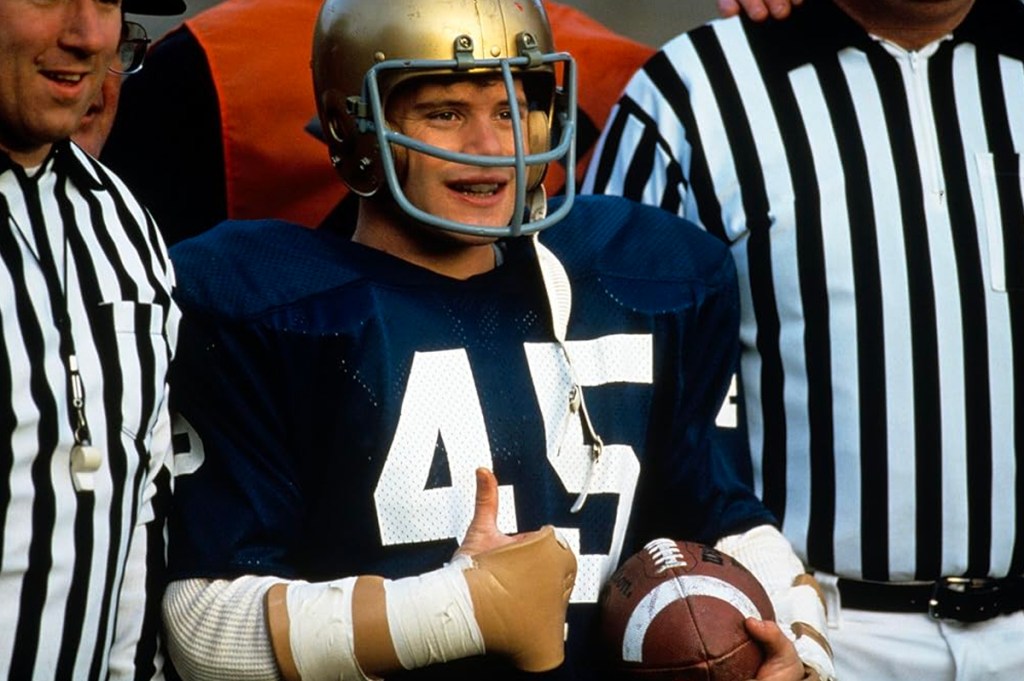


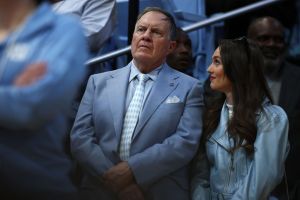

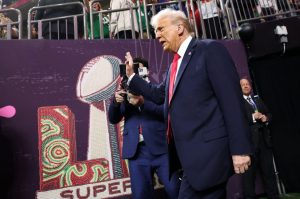

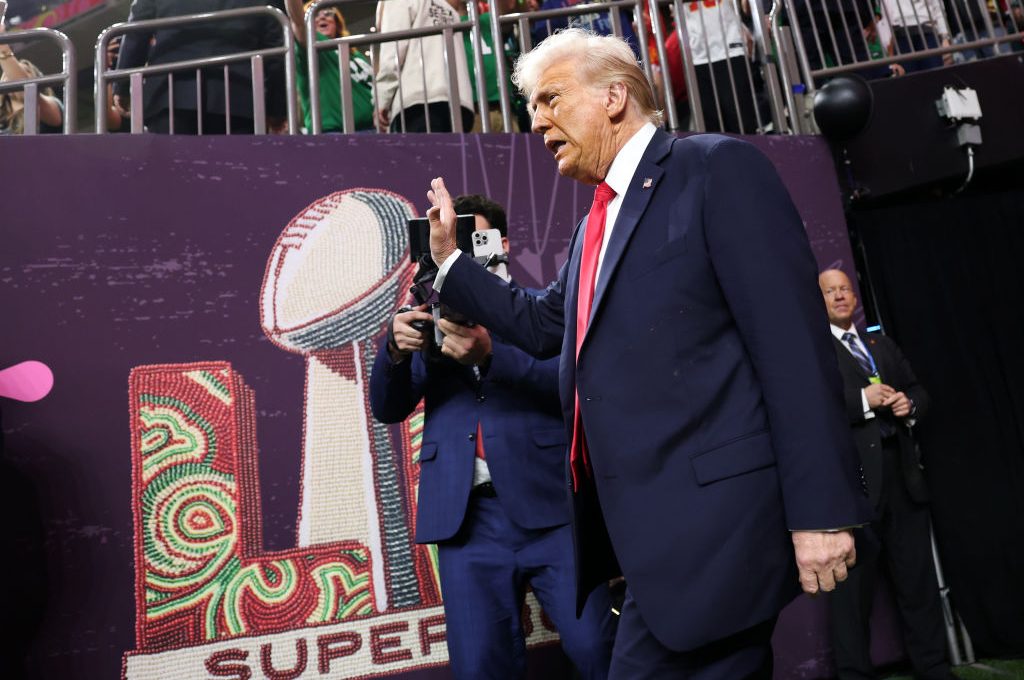
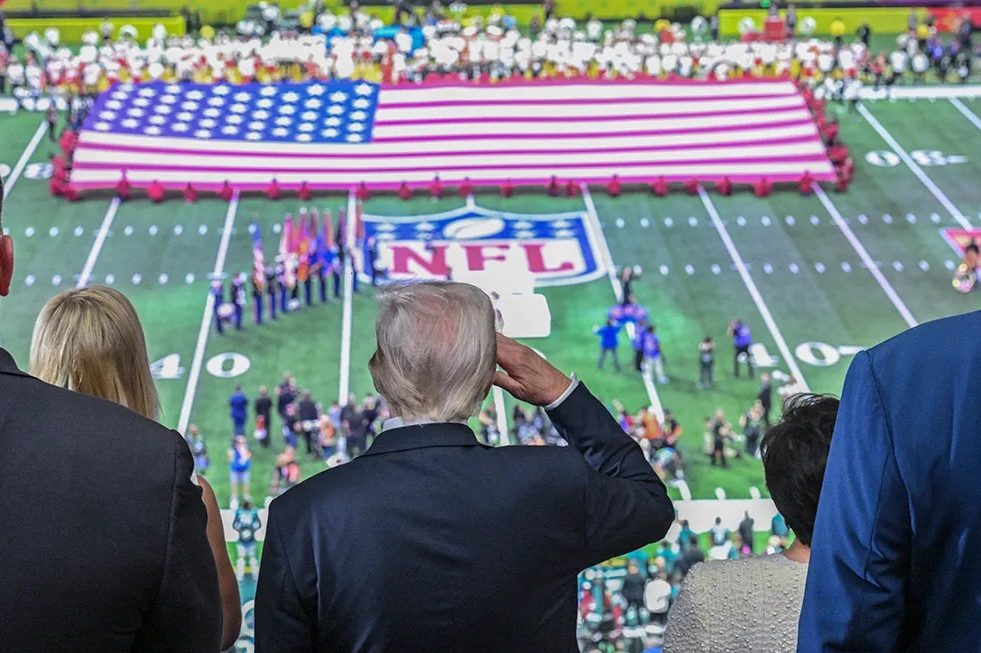
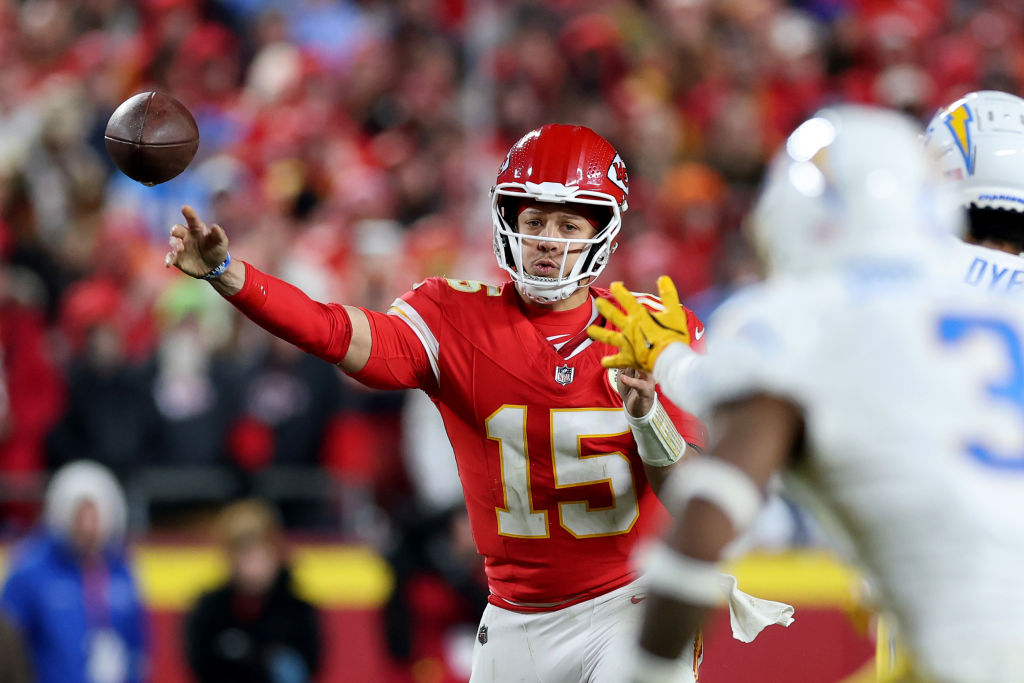
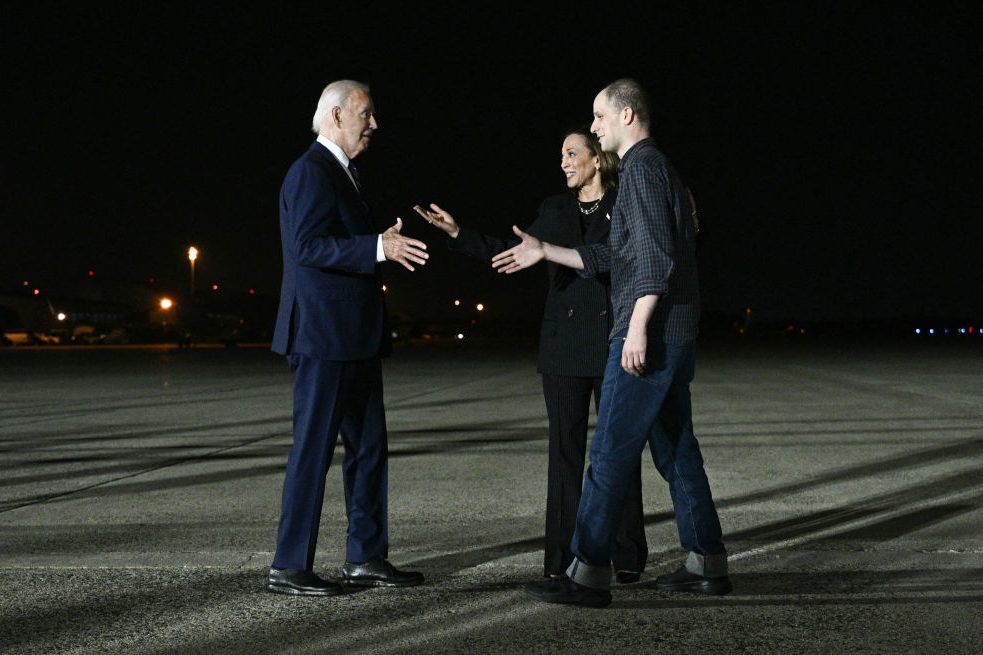
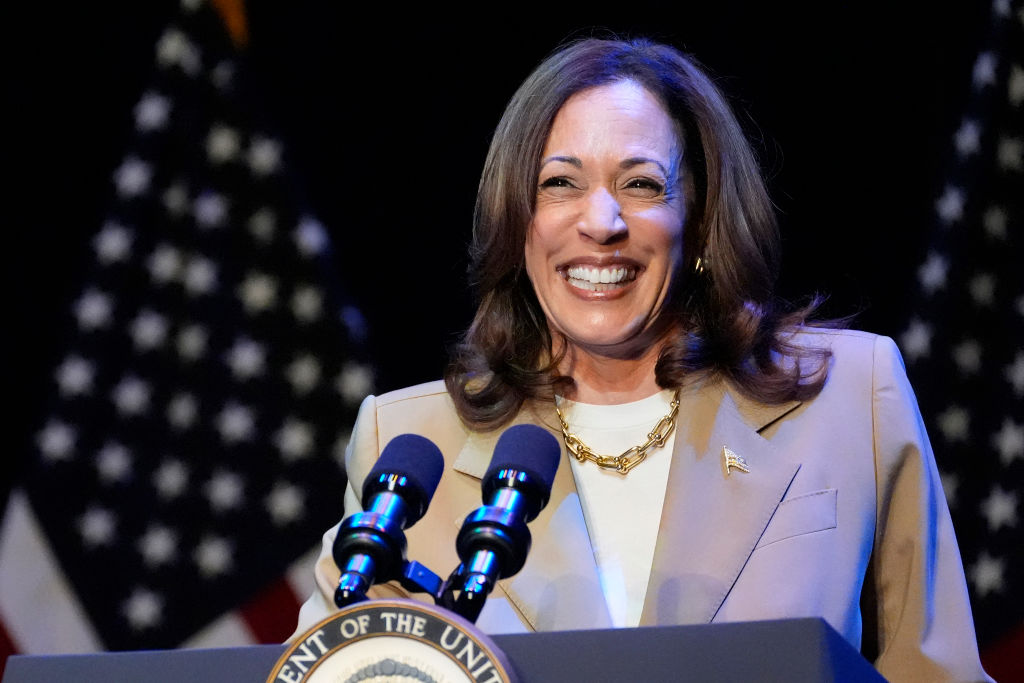







Leave a Reply